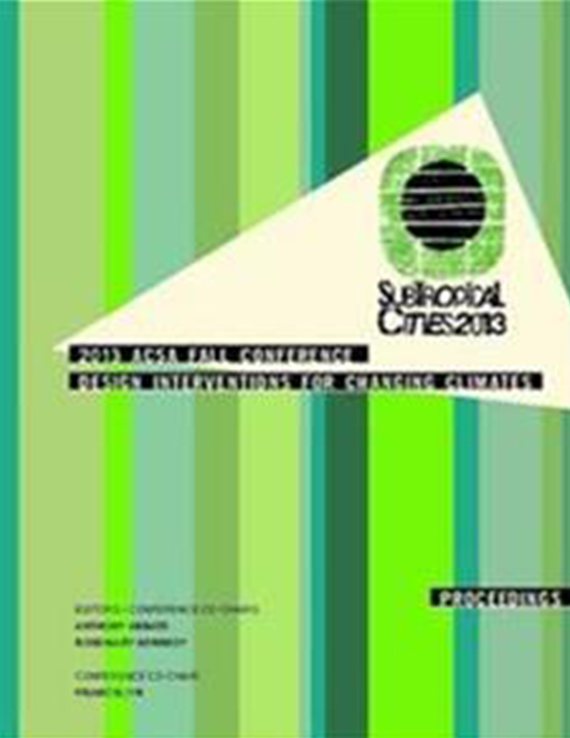Author(s): Carey Clouse
As designers visualize a world beyond oil, their ideas have the power to catalyze the regeneration of the built environment by creating an open invitation to plant along public road networks. A plan for green infrastructure with local food or fuel production—a photosynthetic infrastructure—would strengthen communities, sequester carbon, and support biodiversity. The land around roads could supplement traditional farms and urban gardens, providing a new agricultural typology built upon the woefully underused ribbons of public land throughout our American landscape. As the end of the era of cheap oil threatens global food security and forces a reexamination of food production techniques, the U.S. freeway system stands poised to enter a new age. As increasing energy prices force more and more cars and trucks off of the nation’s highways, this dendritic infrastructure will see dramatic shifts in use and capacity. In cities and towns across America, new land use patterns will evolve, finally referencing the system of roads that have heretofore enjoyed their own formal autonomy. This changing relationship to highway infrastructure calls for innovative design tactics; suburbs, exurbs, drosscapes and peripheral rings offer exceptional opportunities for constructive design interventions. The vast and connected land abutting interstate freeways could become a linear garden, seized, planted and harvested by adjacent growers.New proposals for freeway corridors must acknowledge that this road system has already dramatically altered the landscape, and “despite the very real regional consequences of such accidental ecologies, and their negative perceptions, we need to come to terms with their benefits, so that they may be better understood, protected, and enhanced.” (Fletcher, 2008) Urbanist David Fletcher recognizes that “many of these infrastructural freakologies serve as green infrastructures, cleansing and processing excess nutrients, controlling erosion, and providing habitat which survives independent of human agency.” (Fletcher, 2008) The freeway system will need to be evaluated in terms of productive capacity, rejecting outdated binary notions of nature and wilderness.
Volume Editors
Anthony Abbate, Francis Lyn & Rosemary Kennedy
ISBN
978-0-935502-90-9

 Study Architecture
Study Architecture  ProPEL
ProPEL 
